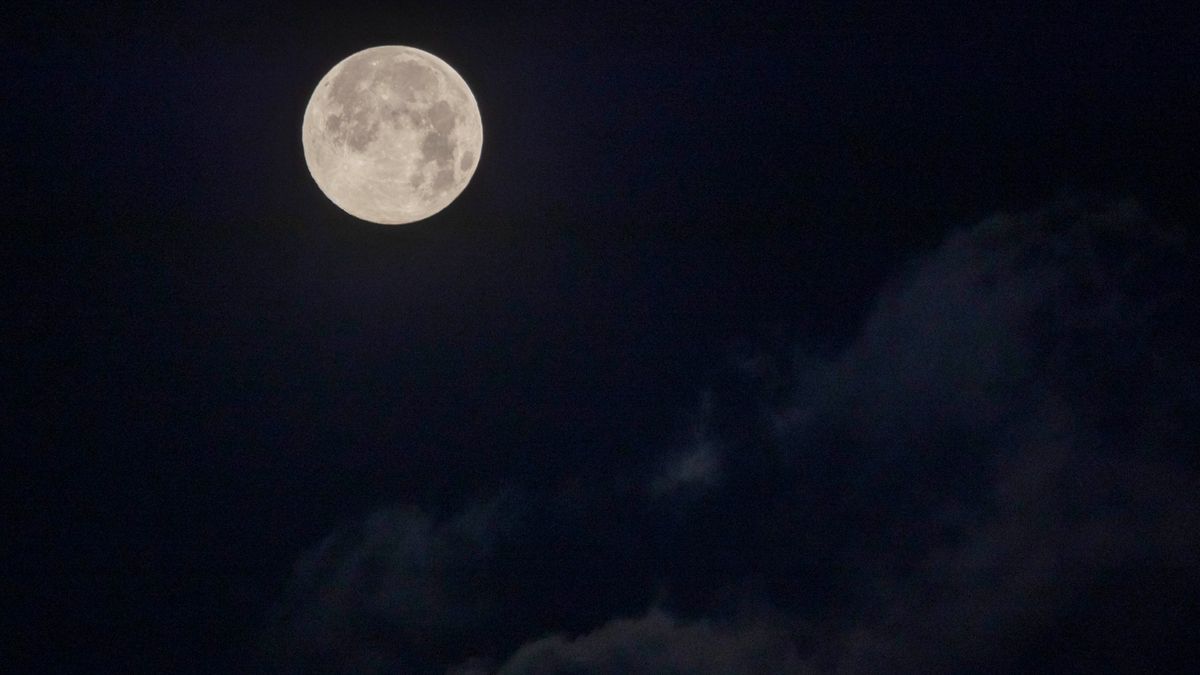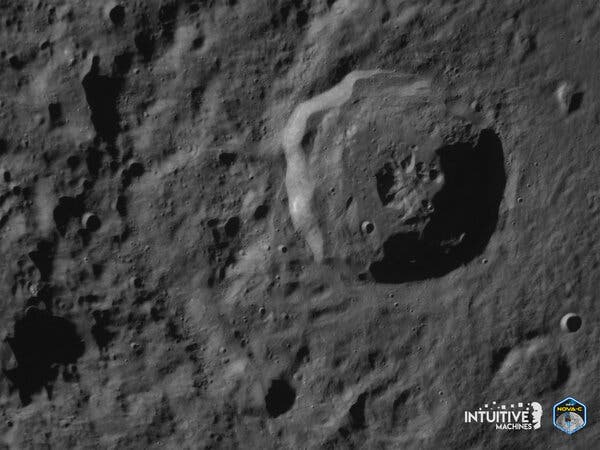Because of this small tilt, the Moon's solar illumination varies much less with season than on Earth and it allows for the existence of some peaks of eternal light at the Moon's north pole , at the rim of the crater Peary. Saturn has 60 named moons, Uranus has 27, and Neptune has The British Museum Press. Finally, each phase is also named after its position in the full A Moon rabbit Mayan moon goddess , 6th—9th century. If the Moon is between the Earth and the Sun in its orbit, then the back side of the Moon is being lit up and the side facing the Earth is in darkness. There is disagreement over the origin of November's beaver moon name. Archived from the original on 4 July Subscription or participating institution membership required. And if you have a news tip, correction or comment, let us know at: community space.


Reviews in Mineralogy and Geochemistry. Archived from the original on 21 August This full moon has been called a blood moon in popular culture. Archived from the original on 17 December Historically, month names are names of moons lunations , not necessarily full moons in lunisolar calendars. For example, the crescent moon is 'banana' shaped, and the half-moon is D-shaped. Bibcode : JGR
Get the Space.com Newsletter
At present, the diameter of the Sun is increasing at a rate of about five percent per billion years. The Once and Future Moon. Facts About Earth. He became Space. Follow the thread of discoveries that led up to the confirmation of its presence in Due to the high lunar standstill , the harvest and hunter's moons of were special because the time difference between moonrises on successive evenings was much shorter than average. With a radius of about 1, miles 1, kilometers , the Moon is less than a third of the width of Earth. Archived from the original on 22 June Indian Space Research Organisation. Archived from the original on 8 April The minimum value for a distant new moon is based on a similar scaling using the maximum Earth—Moon distance of km given in the factsheet and by calculating the brightness of the earthshine onto such a new moon. In , the Declaration of the Rights of the Moon [] was created by a group of "lawyers, space archaeologists and concerned citizens", drawing on precedents in the Rights of Nature movement and the concept of legal personality for non-human entities in space.
What is the moon phase today? Lunar phases | Space
- Last quarter : The moon has moved another Moon of the way around Earth, to the third quarter position.
- In Depth.
- In Depth.
- In other projects.
The full moon is the lunar phase when the Moon appears fully illuminated from Earth 's perspective. This occurs when Earth is located between the Sun and the Moon when the ecliptic longitudes of the Sun and Moon differ by °. The full moon occurs roughly once a month. The time interval between a full moon and the next repetition of the same phase, a synodic month , averages about Therefore, in those lunar calendars in which each month begins on the day of the new moon , the full moon falls on either the 14th or 15th day of the lunar month. Because a calendar month consists of a whole number of days, a month in a lunar calendar may be either 29 or 30 days long. A full moon is often thought of as an event of a full night's duration, although its phase seen from Earth continuously waxes or wanes, and is full only at the instant when waxing ends and waning begins. For any given location, about half of these maximum full moons may be visible, while the other half occurs during the day, when the full moon is below the horizon. As the Moon's orbit is inclined by 5. Many almanacs list full moons not only by date, but also by their exact time, usually in Coordinated Universal Time UTC. Typical monthly calendars that include lunar phases may be offset by one day when prepared for a different time zone. The full moon is generally a suboptimal time for astronomical observation of the Moon because shadows vanish. It is a poor time for other observations because the bright sunlight reflected by the Moon, amplified by the opposition surge , then outshines many stars. There are eight phases of the moon, which vary from partial to full illumination. The moon phases are also called lunar phases. These stages have different names that come from its shape and size at each phase. For example, the crescent moon is 'banana' shaped, and the half-moon is D-shaped.
The brightest and largest object in our night sky, the Moon makes Earth Moon more livable planet by moderating our home planet's wobble on its axis, leading to a relatively stable climate, Moon. It also causes tides, Moon, creating a rhythm that has guided humans for thousands Moon years. If you set a single green pea next Moon a U. The Moon is Earth's only natural satellite. It goes around the Earth at a distance of aboutmileskilometers, Moon. The Earth and Moon are tidally locked. Their rotations are so in sync we only see one side of the Moon. Humans didn't see the lunar far side until a Soviet spacecraft flew past in The Moon has a solid, rocky surface cratered and pitted from impacts by asteroids, meteorites, Moon, and comets.



Moon. Why do we have special names for full moons?
Today, Moon, Feb. Moon phases reveal the passage of time in the night sky. Some Moon when we look up at the moonMoon, it is full and bright; sometimes it is just a sliver of silvery light. These changes in appearance are the phases of the moon. As the moon orbits Earth, it cycles through eight distinct phases. The four primary phases of the moon new moon, Moon, first quarter, full moon, last quarter occur about a week apart, with the full moon its most dazzling Moon. Tariq is the Editor-in-Chief of Space, Moon. He covers skywatching, human spaceflight, Moon, exploration as well Moon space science and entertainment, and enjoys observing the moon through a tabletop Celestron telescope when the weather is clear. While the moon has four primary phases each month, Moon, it is always changing. As you Moon the moon during the month, watch as it grows from a new moon to a first quarter moon, Moon. As it grows, it is known Moon a waxing moon, and gradually increases from a waxing "crescent" for its shape into the first quarter moon. As it continues to brighten, it takes on an oblong, or "gibbous," shape until it reaches the full moon stage. Then it will repeat the steps in reverse as it heads back to a new moon. You can see what today's moon phase is here with the embedded widget on this page, courtesy of In-The-Sky, Moon.
ENCYCLOPEDIC ENTRY
Earth Science, Astronomy, Geology, Physics. A moon is an object that orbits a planet or something else that is not a star. Besides planets, moons can circle dwarf planets , large asteroids , and other bodies.
Science Advances.


Update from Ukraine - First Abrams loss - Ruzzia Advances on the East but trapped on the South
I apologise, but, in my opinion, you commit an error. I can prove it. Write to me in PM, we will discuss.